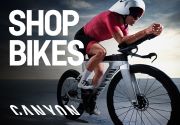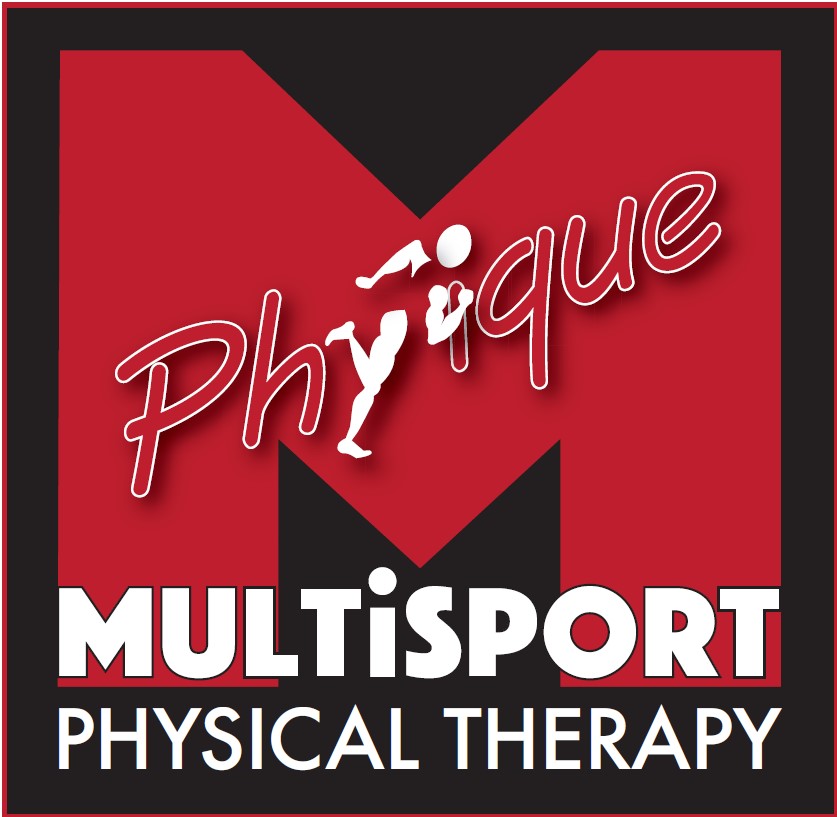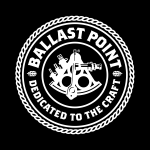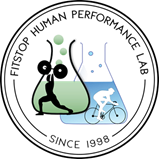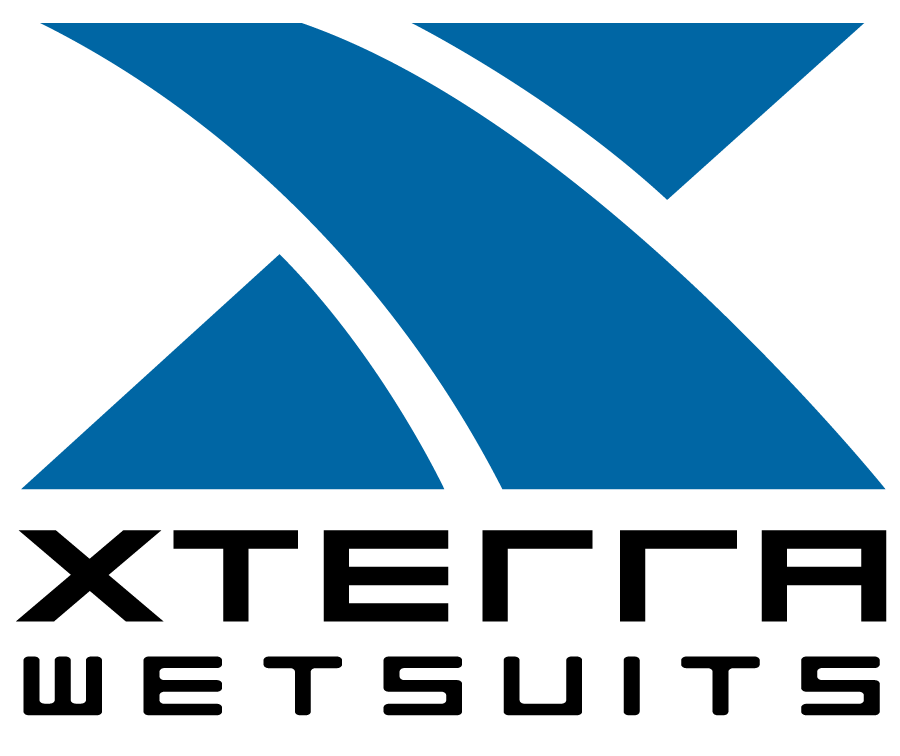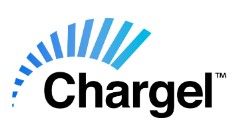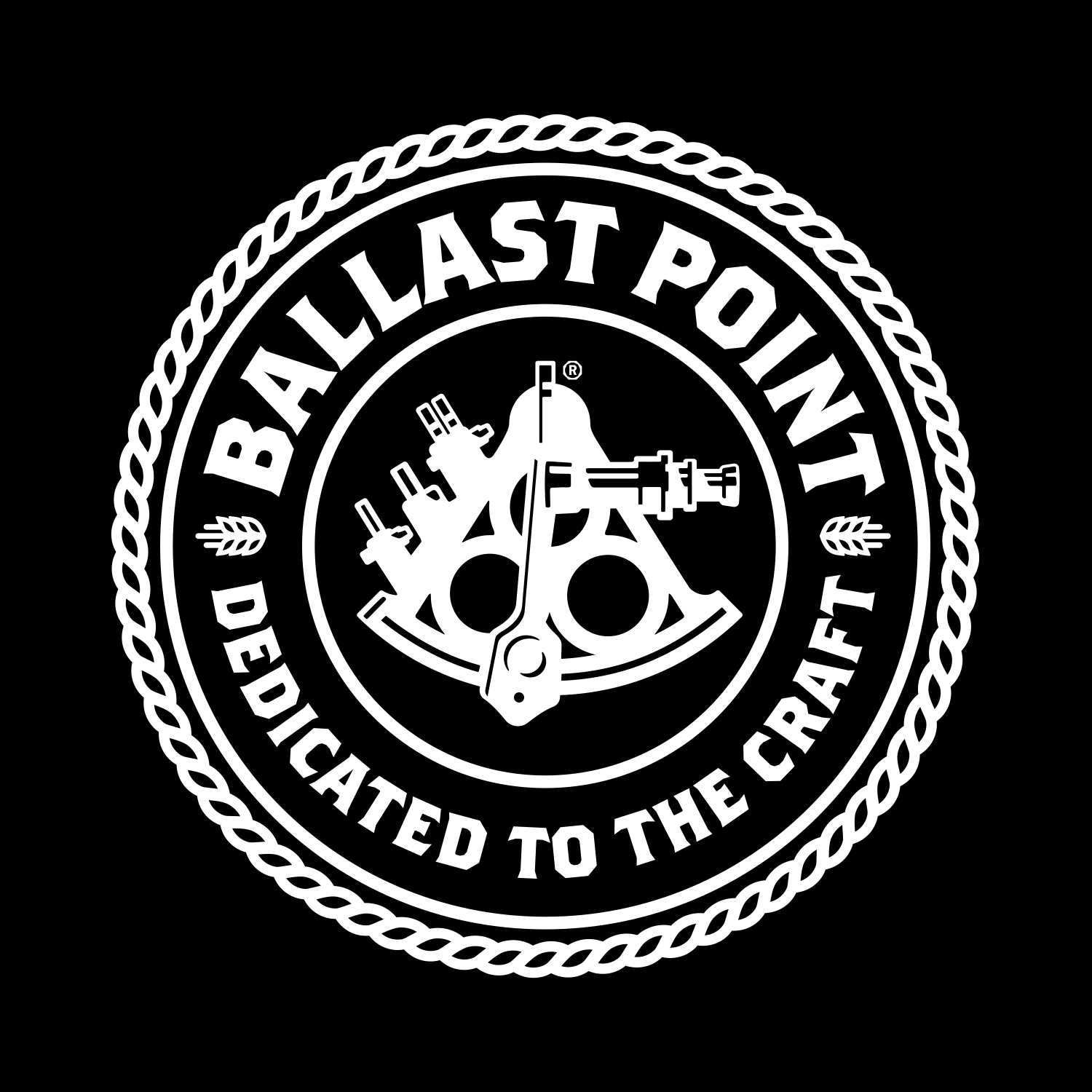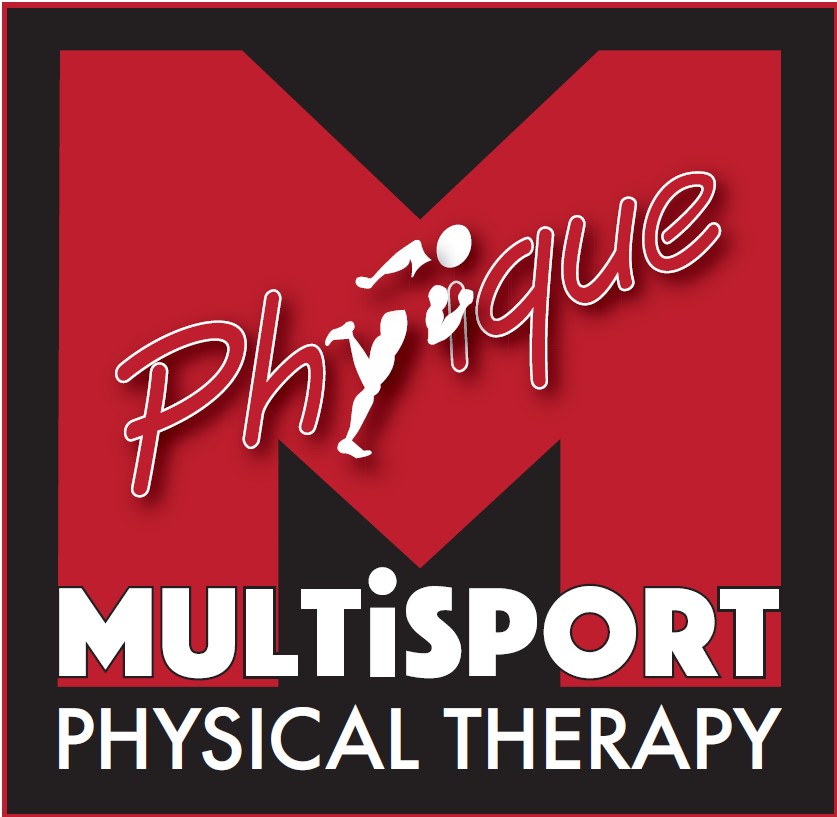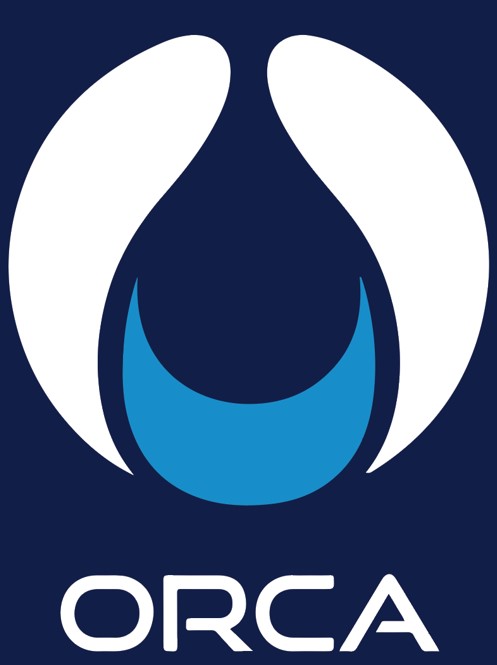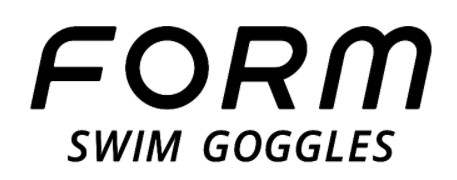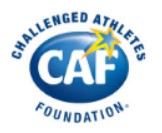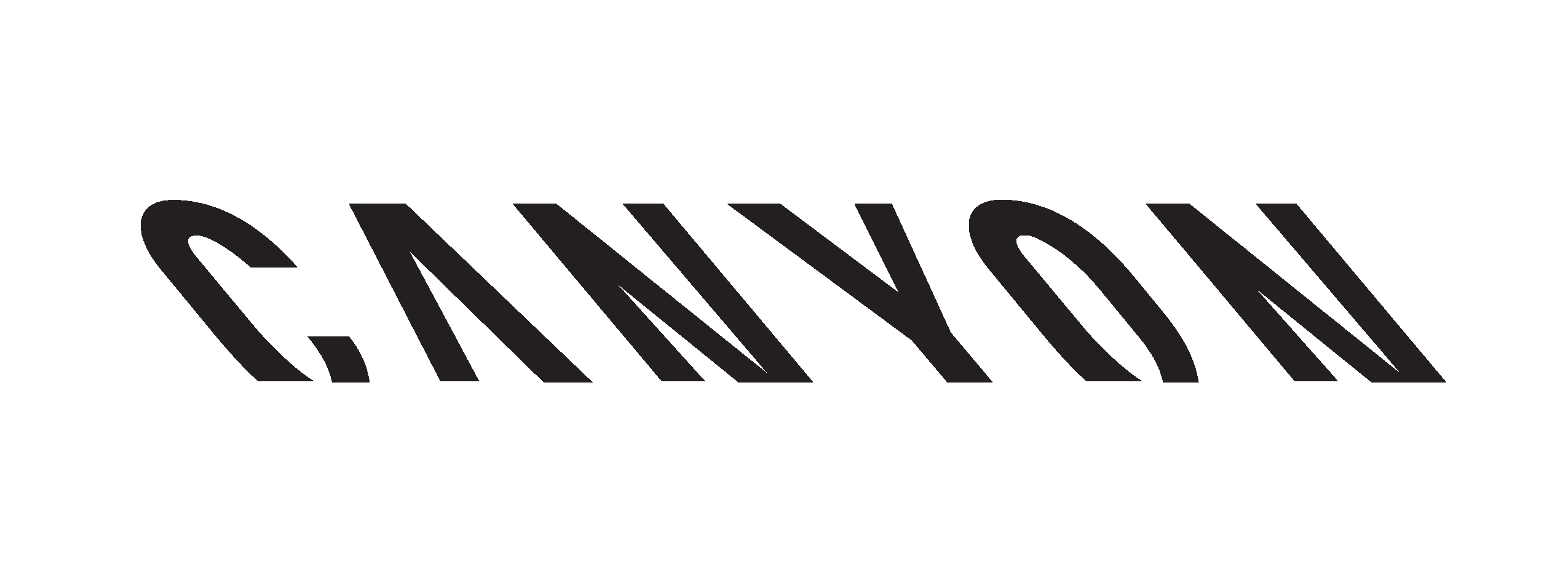FLO Cycilng - Triathlon Swimming's Golden Rules - An Interview with Gerry Rodrigues
I was fortunate enough to have the opportunity to swim with Gerry Rodrigues from Tower 26 last year in Los Angeles. While working with Gerry, it became immediately apparent that his background and knowledge for swimming (specifically open water/triathlon swimming) was unmatched by few... if any. I was very excited to have the opportunity to interview Gerry. This article has an incredible amount of information and outlines specifically what a triathlete learning to swim truly needs. Learning to swim for many triathletes is a struggle because of the mass amounts of misinformation out there. Gerry's title for this article "Drowing in Misinformation" couldn't be better. In this interview, Gerry discusses how to cut through the clutter and provides a great amount of additional information.
I'm confident you will enjoy this interview. I certainly did.
Chris
Interview
Drowning in Misinformation
An Interview with Gerry Rodrigues
FLO Cycling:
Tell us about your background in swimming and Tower 26?
Gerry:
My background can be broken into three categories:
A) Athlete
B) Coach
C) Publisher
A) The athlete portion began at age 7 in Trinidad, and I've been at it for 42 years. I was an okay competitive swimmer who flourished more at open water than conventional pool racing. Although a few Masters national and world pool records were established along the way, my emphasis was in open water, competing in several hundred open water races and finishing overall winner at many. Presently, I swim 1-3 times a week depending on work schedules, about 90 minutes to 4 hours in a good week.
By triathlete standards my swimming was better than okay. I swam one minute for the 100 meter free; 4:37 for a 400 meter free; and won my first overall open water 4k race—all by the time I turned 12. Translated to yards, that's around 53 sec for the 100 and a bit over 4 minutes for the 400. That same year I swam 9,600 meters in a 2-hour swim-a-thon; that's a 1:15/100 meter average pacing. Those were pretty fast times almost 40 years ago for a young kid from the third world. Having great mentors, coaches and terrific parents contributed significantly. I competed in one marathon swim, 28.5 miles around Manhattan Island, finishing around 8 hours. My fastest open water 3 mile swim was a little over 51 minutes.
B) My coaching spans 30 years, starting officially in college. A like-minded group of us launched one of the first triathlon clubs in Los Angeles, Team Malibu, in the early 80s. Coaching triathletes swimming, we traveled to many races all around, including Kona in the early years. Fast forward to summary highlights: I made the first open water swimming DVD with Mike Collins in the mid-90s; coached and spearheaded several large Masters clubs over the years; received regional and national coach-of-the-year awards; coached a few hundred All-American performances, scores of national Masters and world champions with national and world records; and advised and/or coached several Olympic gold medalists and World open water champions.
Presently, my main coaching focus is triathletes and open water swimmers. Tower 26 was started in 2010 because of the need for triathlon-specific swim coaching. There is a gaping hole for this service at the quality and educational level. We run a carefully targeted training program with seasonal progression and education, then offer open water sessions six months of the year. Demonstrating that open water demand, last season our pre-work beach workout was attended by 100-300 triathletes each session. It became massive. Athlete swim improvements ranged from 2 minutes in shorter ½ mile and Olympic distance 1.5k swims, to 20 minutes in Ironman distance swims.
Additionally, there are some training and educational projects in the works with Matt Dixon, of purplepatch fitness. Another coaching project was advising Eva Fabian and her coach/father, Jack Fabian, in their formative years: Eva on swim strategy and workouts for her open water swim career and her dad on the new paradigm for coaching open water athletes. The result was a world championship 5k title last year and multiple other open water victories. She’s only 18, presently training to make the 2012 Olympic team.
C) For about 10 years I was Publisher of three swimming magazines: Swimming World, Swimming Technique, and SWIM Magazine. I owned SWIM Magazine. We had a terrific editor-in-chief who delivered masterful but filtered, qualitative swimming content for that audience. Although I ran the business operations, my background was swimming, and quality content is paramount to successful publishing. One of the jobs of a publisher is to know their audience's needs.
FLO Cycling:
What advice would you give to a new triathlete swimmer?
Gerry:
Let’s frame this with historical perspective, followed by a paradigm shift, and then a look out toward the horizon.
Unfortunately, both new and established triathletes encounter a minefield of obstacles to swimming improvement. These include:
1) general, non-specific swim instruction;
2) a deluge of misinformation that is either simply wrong or again, not specific enough to their needs; and
3) the increasing infusion of online or remote “programming”. None of these examples are helpful to them.
Expanding upon these three examples, and then advising:
1) Non-specific swim instruction: Triathlon is still a sport in infancy with an Olympic debut in 2000, as is open water racing with its Olympic intro in 2008 with a 10k race. Duly, the evolution of swim instruction has yet to catch-up with the needs of the sport, ie. Specificity of the training, the type of swim mechanics needed, and racing skills. Mainly available to triathletes is traditional pool based training, with improper emphasis, taught by many untrained and/or misinformed coaches (see item 3). Masterful and imaginative coaches are far and few between.
2) Misinformation: Considering the abundance of non-specific swim instruction, coupled with unreliable publishing resources, triathletes struggle filtering information.
Preparing athletes for open water racing requires a lens-shift from swim coaches, publishers and educators; it’s a new paradigm. Publishers must be more diligent in providing substantive highly specialized, appropriate content for their subscribers and members.
The current approach of many publishers, providing “alternative or different perspectives” hits and misses the educational mark for their readers with the volatility of a 90s internet stock. These publishers need to recognize the paradigm shift. Present content is “unfiltered” and often lumps pool-specific traditional information together with open water advice, as if they were one subject. Readers need distilled, qualitative, specifically purposeful content. Triathlon participants lack the appropriate filter or knowledge in sorting through the various opinions emanating from traditional pool coaching, and from an abundance of inexperienced coach authors (see item 3). Unfortunately, many editors lack expertise for such filtering.
Although Triathlete Magazine has improved their content and material presentation in the last year, advancements are still needed from the likes of: Inside Triathlon; Ironman’s LAVA Magazine; Competitor magazine; 3/GO Triathlon; Slowtwitch; Beginning Triathlete; Ironman on-line; Active Corp; USA Triathlon's national publication; SWIMMER, the national magazine of US Masters swimming; SPLASH, the national magazine for USA swimming; and ASCA, the American Swim Coaches Association.
3) On-line or remote coaching is not coaching; it's programming and generally low quality. Although I do some remote coaching, it is nowhere near as good as seeing someone in person. Why is quality generally low?
a) Lack of club coaching infrastructure for educating coaches;
b) Lack of proper editorial content and coach mentor programs; and
c) A very low entry barrier to triathlon coaching.
Many triathlon clubs do not have a head coach. There are approximately 900 triathlon clubs only, servicing about 1/3 million partial or yearly association members. Conversely, at USA swimming, there are a few thousand clubs servicing the same volume of members, with every club having multiple coaches providing daily instruction.
In triathlon, anyone can purchase a triathlon coaching credential for a few hundred dollars, by attending a two-day seminar, taking a test, then receiving a certificate. This new “coach” has a tacit stamp of approval from the sport’s national governing body, USA Triathlon. Think about the message this basically sends: No experience needed at anything. Approximately 4,000 credentials have been issued. This presents a puzzle to the consumer for proper coach selection while bringing new meaning to “let the buyer beware”. Compare this with USA swimming’s model where coaches are usually former swimmers, who spend countless years being educated and mentored by veteran coaches, while coaching juniors, all prior to becoming a head coach. And that’s if they can get hired for a head coaching position. In triathlon, a “coach” just arrives by calling himself a coach.
If you look at some of the respected coaches, most have gone through a LONG journey of competition, mentoring, education, and then coaching. For illustration, let’s take Matt Dixon, of purplepatch fitness whose resume I am most acquainted since I coached him for a brief period. His resume would be similar with other respected coaches:
Competitive swimmer for 15 years.
Olympic Trial finalist in 1992 and 1996.
Triathlete for eight years; professional for five years.
Evolved from Olympic distance, to ½ IM, and then to IM.
2004 overall Vineman winner.
Age-group swim coach for 5 years.
Year round swim coaching to National standard.
Developed and fostered by a team of supporting senior coaches.
Coached swimming two years at NCAA div 1 with a team of 5 coaches.
Developed under guidance of multiple triathlon coaches and advisors.
Backbone of Masters in Clinic Physiology.
….and only after all this did he take on his first individual client. Respected and successful coaches don’t just arrive.
Advice to the new triathlete: Choose and hire a swim coach as carefully as you would a doctor for surgery on your child, using the same prudence. Seek someone with history in the sport who works full-time at the job. It’s helpful if they have both a swimming and coaching background, with successful experience coaching open water. If they were not a swimmer or swimming coach before, then be cautious. Find out if they had long-term mentoring from a bona fide swim coach or triathlon coach, and whether they have continued their education.
The horizon: Fortunately, with triathlon becoming an Olympic sport in 2000, more substantive coaches are entering the space, raising the present mark of swim coaching and triathlon coaching in general. There are many good swim coaches for triathletes; unfortunately, many do not publish. Here are some examples worth following when they do publish: Swim Smooth (Paul Newsome); Jim Vance; Mike Collins; Joel Filliol; Brett Sutton; Matt Dixon. These coaches together, along with a few others, are the future for triathlon swimming.
FLO Cycling:
What the most common swimming mistake people make?
Gerry:
There are several, but probably at the top of the list is the athlete who swims straight for 20-40 minutes, a couple of times a week. Next would be those who subscribe to all those conventional “pool” drills such as side kicking, switch drills, sculling, and consistent bilateral third stroke breathing. These are possibly appropriate drills, but generally administered to an inappropriate audience or prescribed at inopportune times in an athlete’s development.
FLO Cycling:
What drills/training tools give athletes the most bang for their buck AND is it true that people can do too many drills?
Gerry:
Given the limited time budget for triathletes, many spend way too much time doing the traditional “pool” drills mentioned. It’s almost a waste of time. I’ve observed beginners kicking on their sides, almost drowning; complete torture, too advanced, and a real waste of learning time. Just swim! Build some specific muscular endurance for a month (10-12 one hour sessions), and then you’re better able to receive technical feedback.
Get yourself a swim snorkel, a pull buoy, a pair of fins and an ankle strap. Here’s the package: http://www.theswimmall.com/package.php?package_id=TheSwimMall
Some will need a tempo trainer, to rid themselves of the catch-up like swimming called “front quadrant swimming” they were taught or read. It slows their stroke rate down and is the absolute slowest form of swimming for a non-competitive, inexperienced participant. It’s also “old school” not meeting the needs for the modern day open water swimmer.
FLO Cycling:
You are known as an open water swimming expert. Are there differences between pool swimming and open water swimming technique? For example, breathing technique, stroke rate etc.
Gerry:
Think of open water swimming as the peloton in a bike race, utilizing different skills and tactics than the time trial athlete. Think of pool swimming as a bike time trial or a 400 track run race. They are different animals, thus requiring different training specificity and familiarity.
For open water, one needs familiarity and a massive amount of skills for mass starts, pack swimming, frequent sighting, drafting, navigational, varying speeds, varying stroke rates, athletic IQ helps, and some tactical techniques. These all need practice prior to racing.
Regarding technique, do less of the conventional drills; swim more with enforcement of body tautness and alignment using your snorkel. Kick less; learn to lift your head while keeping proper body positioning. Have very specific training workouts. Do at least some fast swimming in every workout!
FLO Cycling:
Can pool workouts be tailored towards open water swimming/skills? If so could you give us some examples?
Gerry:
There are some masterful and imaginative coaches who devise excellent POW (pool-open-water) sessions. Examples are: pace-line swimming, frequent sighting, fast 30 – 60 sec swims at the beginning of repeats, deck-ups, pack swimming without lane lines, buoys in the pool mimicking open water racing, mass start practices, and anything that a coach can create that helps their athlete gain familiarity with their new environment. It works! Here is a testimonial worth sharing from Leah Graham on her 2011 Vineman IM swim:
“I finished the swim in 1:06:40 and to be honest it was pretty easy peasy thanks in LARGE part to you and Tower 26!
I never would have thought the swim would be my best event because I consider myself a runner, but as it turns out the swim trumped both the bike and run! Honestly the training from you and the tower 26 team TOTALLY paid off. I got in the water calm and confident knowing exactly how to pace, sight, and create a clear spot to swim. I got bumped around at the start and it didn't even phase me, in fact, I bumped right back. I swam through three waves of dudes holding my composure. This is a HUGE difference from this past April at Oceanside 70.3. At that start I got bumped, panicked, literally thought to myself "you can't do this, what are you thinking being here?" Then I proceeded to swim to the WAY outside and then all over the place just trying to stay away from people. This time around I sighted every 10 strokes, hugged the buoys, knew exactly where I was and paced a perfect 33 minutes on each lap. I jogged outta the water a happy girl. Thank you!!!”
FLO Cycling:
You've helped a lot of high level athletes like Chris Foster turn their swimming weakness into a strength. What was the key ingredient(s) to Chris’s and others success?
Gerry:
Chris made significant improvements in the time we worked together; he’s a very hard worker and a remarkable young man. He has a new triathlon coach these last 18 months, and will improve further if he continues enhancing his mechanics.
Another good example would be Jesse Thomas, winner of Wildflower. Jesse is coached by Matt Dixon. Matt sent him to me in late summer 2010; I made some technical stroke changes and he was sent off with the correct prescription for him which was implemented by Matt, then set on a two year voyage. The former 1:25/100 or 29 minutes ½ IM athlete is now a 1:09/100 swimmer or 24:30 ½ IM. He’ll be swimming 1:05/100 soon enough, which will get him in contact with most lead packs. Matt did a terrific job with him.
Success comes from the correct combination of technical enhancements, appropriate training volume, a progressive training road map, intensity, and specific muscular strength and endurance. Every athlete needs a formula specific to them.
FLO Cycling:
A lot of triathletes neglect the swim because it is the shortest portion of the race. Can becoming a better swimmer improve your bike or run split in a triathlon?
Gerry:
Interesting question without a clear answer, and one perhaps better answered by a triathlon coach. But, my 30 years of triathlon sport exposure and coaching background tell me that there should be carry-over benefits to both riding and running. The cost of improper swimming preparation in terms of wasted effort is high, which likely hurts the ride and run segments. I have also experienced athletes who were injured from running, focused on swim training as a result, and then went on to run their best marathons in an IM. Although there may be other contributing factors, it seems there are immeasurable benefits.
Triathlon is not Swim….Bike….Run. It is SwimBikeRun; one sport!
FLO Cycling:
There have been a lot of running and cycling trends. For example, barefoot running... Are there any swimming trends that you are aware of and if so, are any worth paying attention to?
Gerry:
Trends are like stocks, they go in and out of favor. Think practical: what skills do I need; how do I acquire them; with what frequency do I practice them; what’s the right workout complexion for me at this particular time in my evolution. Keep it simple, but specifically be mindful that every triathlete is an open water swimmer.
FLO Cycling:
Do you work with swimmers not in the LA area? If so, how can swimmers connect with you? so, are any worth paying attention to?
Gerry:
Many pros, accomplished, capable and developing athletes come visit us. All our information can be found on our web site at: http://tower26.com/ together with some of our training plans at http://www.purplepatchfitness.com/
I do some remote consultation via phone or Skype, reviewing a swim file and an athlete’s swim regime, commenting and giving a recipe for that individual.
FLO Cycling:
You've been directing the swimming portion of the purplepatch triathlon camps hosted by Matt Dixon. What is on the horizon with regards to clinics and camps, and how can people get involved?
Gerry:
Matt Dixon is a true professional and someone I hold in high esteem. He is the perfect example of many things right in triathlon swimming as indicated earlier by his resume. Even with his extensive competitive swimming, and swim coaching background he still shepherds his athletes to seek outside swim counsel. Hopefully other coaches follow his path thus benefiting athlete, coach and sport.
Matt is hosting a Kona camp in February at which I’ll direct the swim instruction. We are running another camp this summer in Santa Monica, and I’ll be hosting monthly clinics in Los Angeles from February through summer. Matt runs two weekly swim classes in Northern Cal, while Tower 26 runs daily triathlon specific swim workouts in Santa Monica, CA. All information can be found on our respective websites.
FLO Cycling:
What's the most important thing every swimmer should make sure they do every time they swim?
Gerry:
I’m uncertain there is one key thing since different folks may require varying prescriptions at differing athletic progressions, but some of the nuggets were answered in question 5. Recognize that doing many small things consistently usually results in big gains.
FLO Cycling:
Who are some of the pros you have coached?
Gerry:
Not many on a consistent basis, as we coach mainly age group and amateur triathletes, although Matt has sent many pros on his roster to me, or I coached them at a camp or in private sessions. http://www.purplepatchfitness.com/professional-athletes
Many of Siri Lindley’s athletes attend my weekly beach workouts during the summer:
http://www.siri-lindley.com/index.php?option=com_content&view=article&id=81&Itemid=118
Outstanding Boulder, CO running Coach Bobbie McGee sends athletes my way: http://www.bobbymcgee.com/home.html
A few other coaches such as Mac Brown, Mike Collins, Brian Stover, Lara Brown, Marilyn McDonald, Tim Crowley, and others have all sent athletes for review or consults on individual technique, knowing they’ll receive the right prescription for them.
FLO Cycling:
Any last words?
Gerry:
It would be powerful for athletes and coaches if the National Governing Bodies of USA Swimming, US Masters Swimming and USA Triathlon could forge a cooperative effort toward sharing their information and coaching programs. Presently, but controversially and surprisingly to many, USA Triathlon’s athletes and coaches have more open water experience than USA Swimming and US Masters swimming. The latter won’t admit it, and the former has yet to seek the conventional pool knowledge from its predecessors.
There are too many inexperienced coaches teaching swimming in the sport. They have read a swim book, watched a dvd, or received a Triathlon coaching certificate thinking that qualifies them. Too many athletes drown in their misinformation. Then there are true professional coaches like Matt Dixon, Tim Crowley and others who recognize the value of exposing their athletes to specialist. Search these coaches for your triathlon needs.
We hope you liked the interview. For more great content, please register for our free monthly newsletter at the top of the column on the right. We send links to all the articles we post during the month.
Jon & Chris



